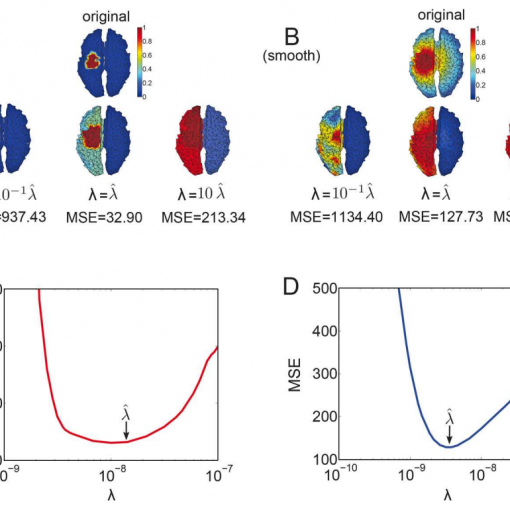J. M. Cortes, P. L. Garrido, H. J. Kappen, J. Marro, C. Morillas, D. Navidad and J. J. Torres. Algorithms for identification and categorization. AIP Conference Proceedings 779: 178-184, 2005 [pdf]
This article reports on a series of efforts during the last decade aimed at modeling in a computer the cooperative properties that, according to some experimental evidence, could be relevant for the processing of patterns in a brain. In particular, a main recent interest is in designing fast and reliable algorithms for “restoring” a pattern, namely, identifying the original from which a highly degraded pattern proceeds. The challenge is to go beyond familiar methods, including Hopfield–like neural networks [1, 2] which, in spite of a great theoretical interest, are hampered in practice by the occurrence of mixture states, slow processing, limited capacity, and inadmissible statistical errors. Furthermore, we are concerned with an extended definition of “pattern”, namely, we plan to deal from a high–resolution color picture to a complex pattern of behavior or the large set of qualities which serve to accurately identify a complex company, for example. This is relevant, in particular, to sociology, the focus in this meeting. However, the discussion below will avoid any specific application —except, eventually, for illustrative purposes.





